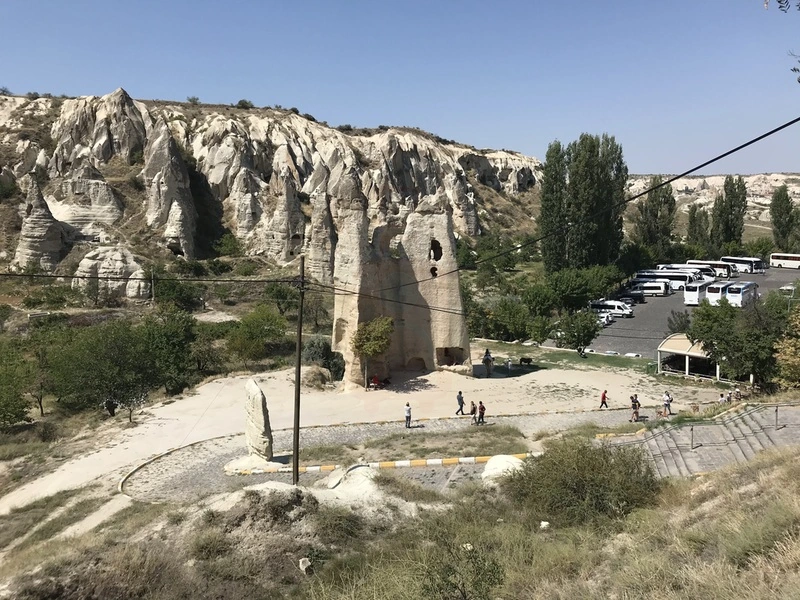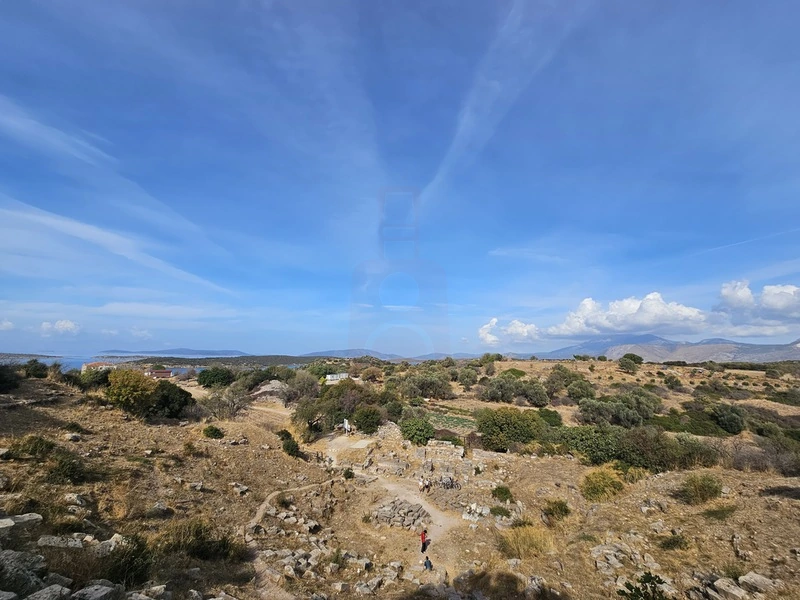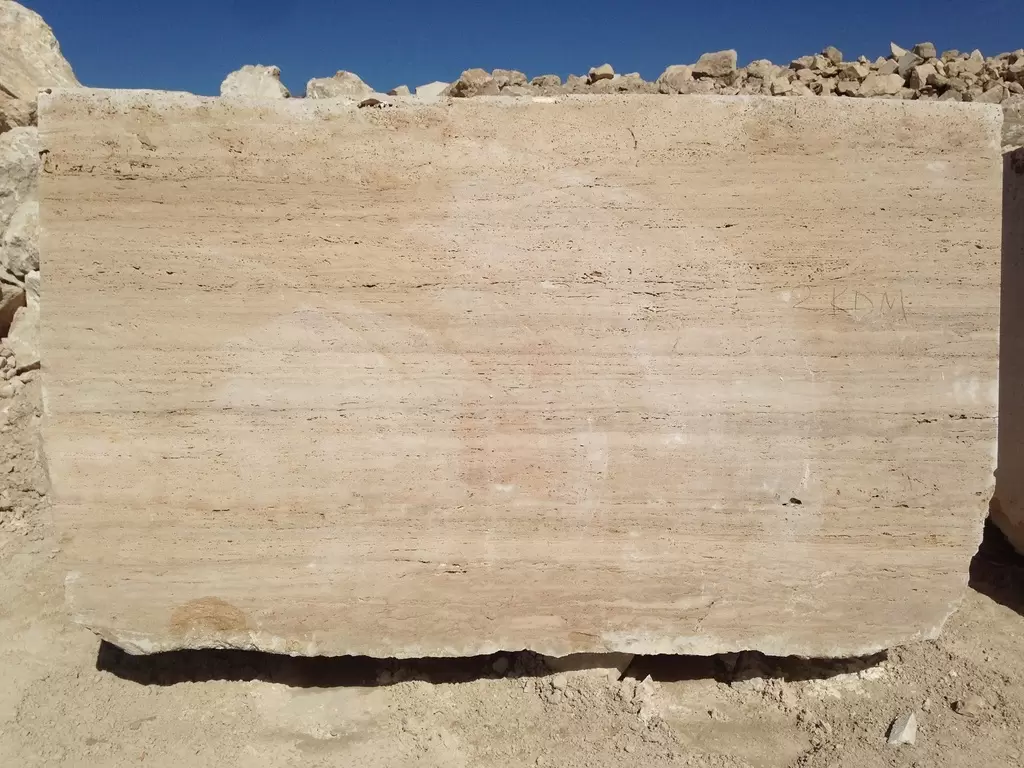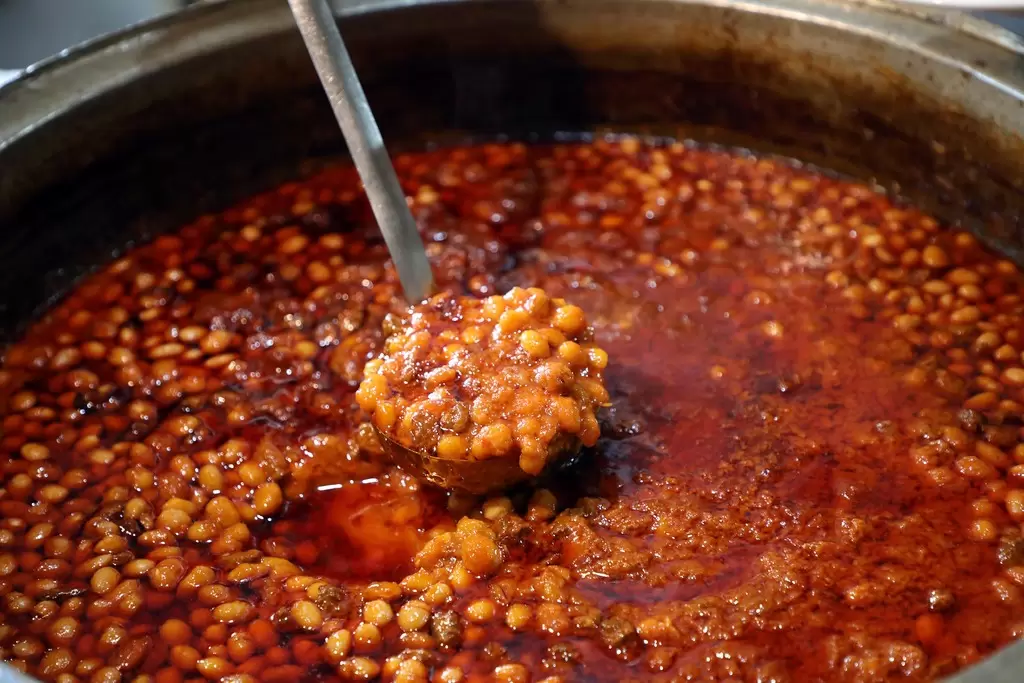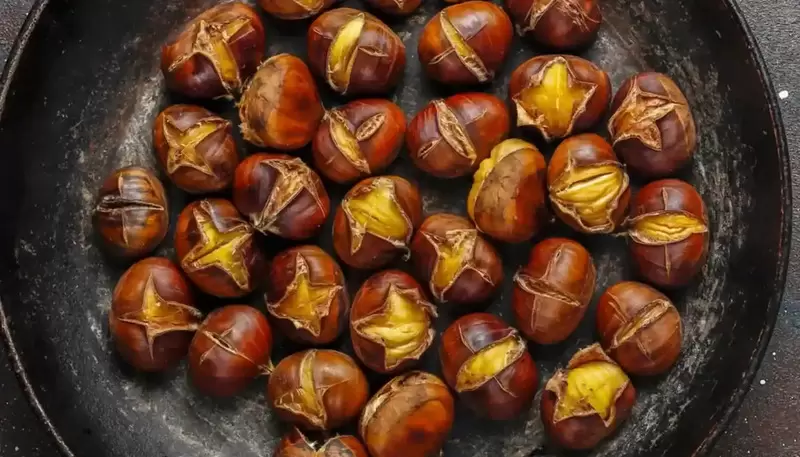
Buldan Chestnut: Detailed Information with Distinctive Features
Introduction
Buldan Chestnut, a unique product of the Buldan region in Denizli, Turkey, is renowned for its exceptional flavor, high-quality characteristics, and natural cultivation methods. This chestnut is cultivated within the geographical boundaries of Buldan, where the region's unique climate and soil conditions contribute significantly to its distinctive features.
Geographical and Climatic Features
Buldan Chestnut thrives in forested areas located at altitudes between 780 and 1175 meters. The region's climate is characterized by hot, dry summers and mild, rainy winters. The absence of frost and snow in winter creates ideal conditions for chestnut cultivation. These natural climatic advantages enable the production of high-quality chestnuts without the need for artificial irrigation or fertilizers. The local ecosystem, enriched by these conditions, allows Buldan Chestnuts to develop their characteristic taste and texture.
Cultivation Practices
Buldan Chestnuts are produced naturally, with traditional methods that prioritize sustainability and local biodiversity. Local growers exclusively use native materials for grafting, ensuring the preservation of regional genetic traits. There is a strict prohibition on introducing external grafting materials or saplings, maintaining the purity and authenticity of the crop. The trees flourish in their natural environment, with minimal human intervention, reflecting a deep respect for the region's ecological balance.
Distinctive Features
Buldan Chestnuts are derived from the Castanea sativa Mill species, known for their premium quality. Key characteristics include:
- Shape and Size: The chestnuts are flat and well-filled, ensuring a high proportion of edible kernel.
- Shell and Peel: They feature a glossy light brown outer shell that peels away effortlessly, enhancing their usability in culinary applications.
- Texture and Taste: The kernel is firm, offering a rich, nutty flavor with a natural sweetness that makes them a preferred choice for roasted chestnuts, desserts, and various savory dishes.
- Cupule Composition: Typically, each cupule contains three chestnuts, with a minimal occurrence of twins, ensuring consistency in size and quality.
Cultural and Economic Significance
Buldan Chestnut plays a vital role in the local economy, providing a livelihood for many families in the region. The traditional cultivation practices not only sustain the environment but also preserve cultural heritage. Chestnut production is deeply embedded in the local way of life, often celebrated in regional food festivals and events.
Uses
Buldan Chestnuts are versatile and can be used in various forms:
- Roasted or boiled as a snack.
- Incorporated into desserts, such as chestnut purée and cakes.
- Used in savory dishes, including stuffing for poultry and sauces.
- Processed into chestnut flour for gluten-free baking.
Conclusion
Buldan Chestnut embodies the harmony of natural cultivation, regional heritage, and exceptional quality. Its production reflects the dedication of local farmers and the richness of Buldan’s ecosystem. A true geographical indication product, it represents the best of the region's agricultural and cultural identity, offering a taste experience that is both unique and memorable.




